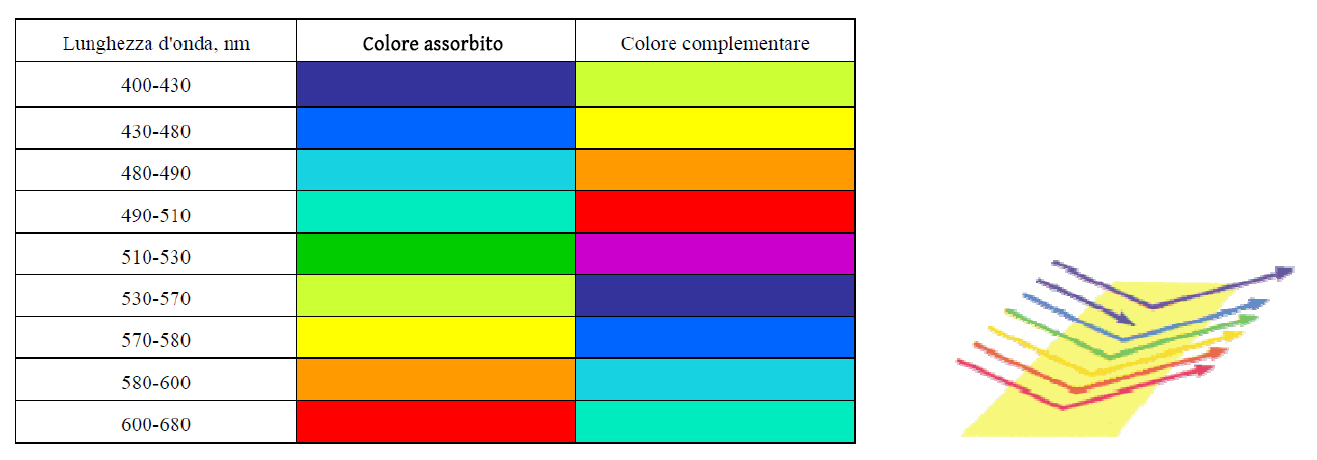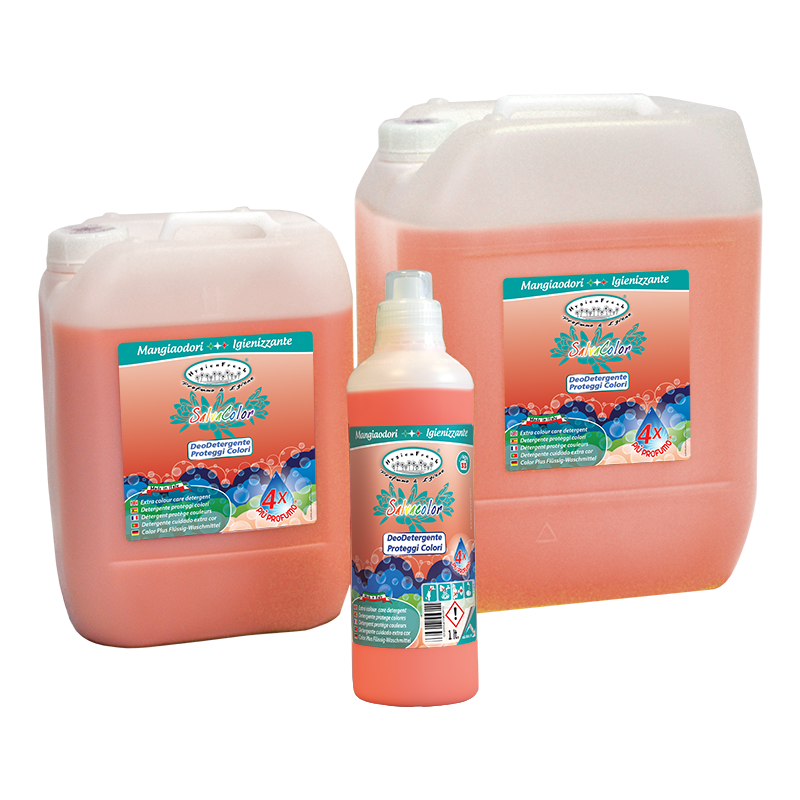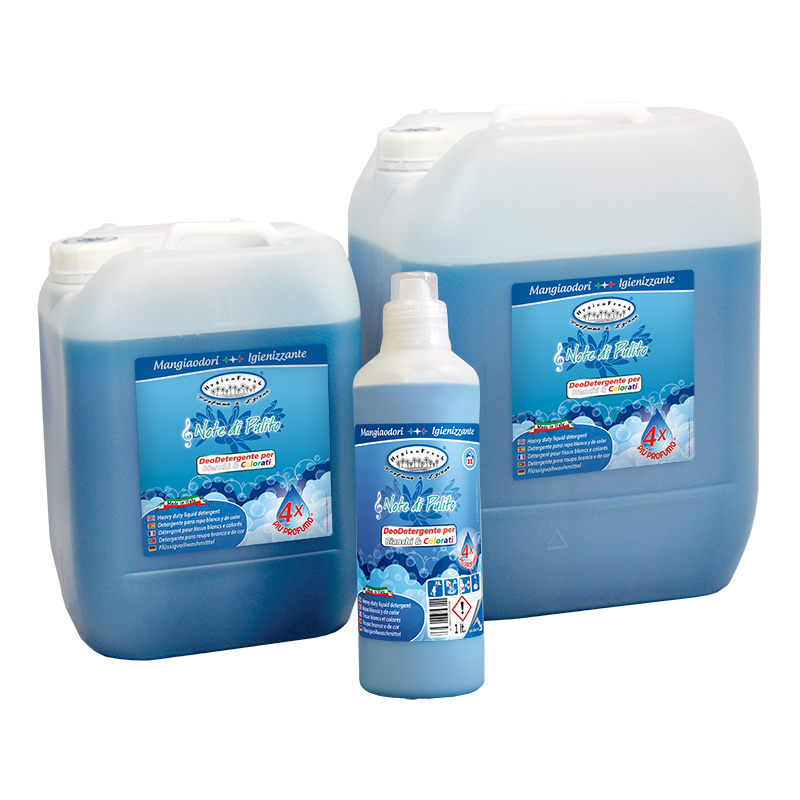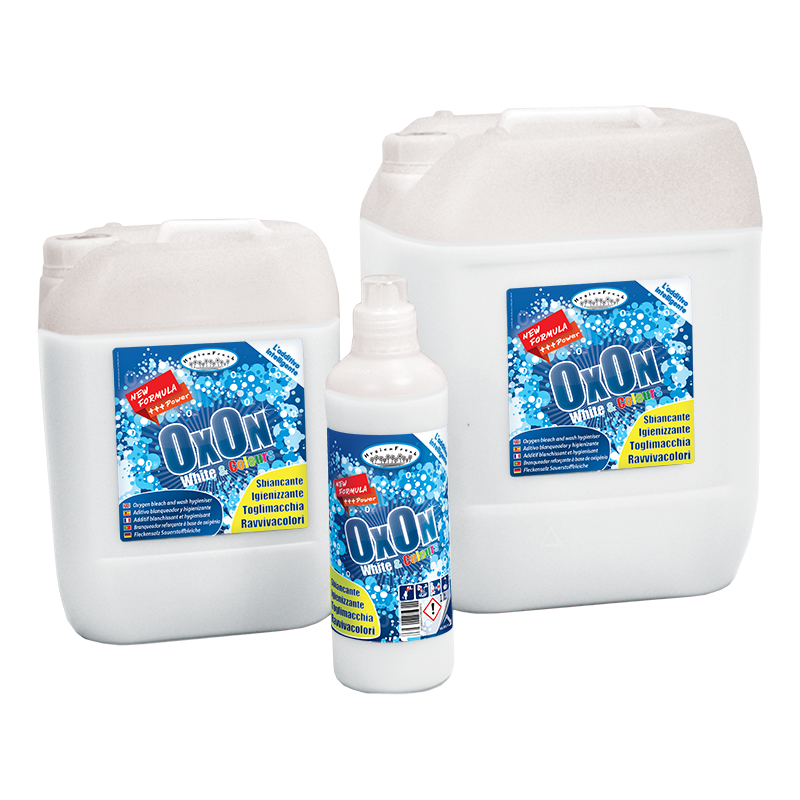Every day we use clothes with different colours and shades. In our wardrobes we can find garments with brilliant colours or delicate tones, clothes entirely whites or mixed white and colours or clothes with a huge range of shades. At the time of the laundry we have to decide how to proceed. We have two different options:
1. Split coloured garments and white garments and wash them separately
2. Wash all garments together, whites and colours.
Surely the first option is the best, even to maintain white garments always candid and avoid greying.
However, for a matter of time and wash optimization, we can decide to mix white and coloured garments and wash them all together. This wash hides an insidious problem: colour transfer, so the well known problem of bleached garments.
In this article we are going to talk about this particular mixed wash and how to prevent the colour transfer problem.
THE DAILY LAUNDRY of WHITE AND COLOURED GARMENTS
The dyes for garments are organic or synthetic particular molecules which absorb a specific wavelength (so a colour) and reflect the ones which determine colour felt by our eye (complementary colour).

The first old dyes used to dye were substances of natural or animal origin. Among the dyes used in the past we can number: Saffron for yellow, cochineal for red, Chlorophyll for green, or Coffee for brown. To this day, in addition to natural dyes, many synthetic compounds, which have very complex structures, are used to give very brilliant colours or with particular shades.
The big problem of most dyes is the kinship with fibres and dyeing process. A garment with a non-well fixed colour or with an excess of dyeing can release dye during wash, which could dye, in an undesirable way and semi-permanent, another garment.
To avoid this problem during wash it is possible to use 2 different kinds of products:
• “Solid” products: such as the colour catcher sheets, which can cause filters’ clogs if they enter into the linings
• Liquid products: Complete detergents specially formulated to wash white and coloured garments
Inside liquid products/detergents it is necessary to have two important groups of substances to avoid colour transfer:
• Special Polymers which can block colour transfer. These polymers act as sequestrants of the dissolved colour in the wash bath, so they avoid the redeposition on fibres. Moreover they have also the function of eliminate the colour surplus of very dyed garments.
• Innovative Enzymes that not only act in synergy against dirtiness and the most difficult stains, but liven up the original colour of garments making them brilliant as new.
Moreover, liquid products, have complete formulas so that with a single wash and a single product you can wash, degrease, hygienize, eliminate stains, avoid colour transfer and perfume. A colour catcher sheet hardly would do all these things.
The Dr. Conedera advise…
For a perfect laundry and without colour transfer problems use Hygienfresh® Salvacolor or Hygienfresh® Note di pulito, which contain both polymers and enzymes to avoid colour transfer.
Hygienfresh® Salvacolor + Hygienfresh® Note di Pulito
Set a temperature between 30 and 40 °C and then dry normally (natural at room temperature or with dryers).
Anyway avoid to wash new never washed garments with very brilliant colours along with white garments.
At the beginning never washed coloured garments could loose too much colour, so it should be better to dose more product in comparison with the usual dosage, in order to ensure the right dosage of polymers and enzymes to avoid colour transfer.
To obtain an extra brilliant effect add the Oxon additive to the wash. It bleaches, hygienizes, revives colours and increases candour garments (it is compatible with all HygienFresh Detergents).
If you don’t have used the right or recommended products or if you have used an intense wash programme, and at the end of the wash you have found bleached garments, we have a solution.
In next article we are going to talk about how to solve this problem.
Do not miss next article! We will talk about Spotting: how to eliminate the most stubborn stains or how to solve small wash mistakes!























